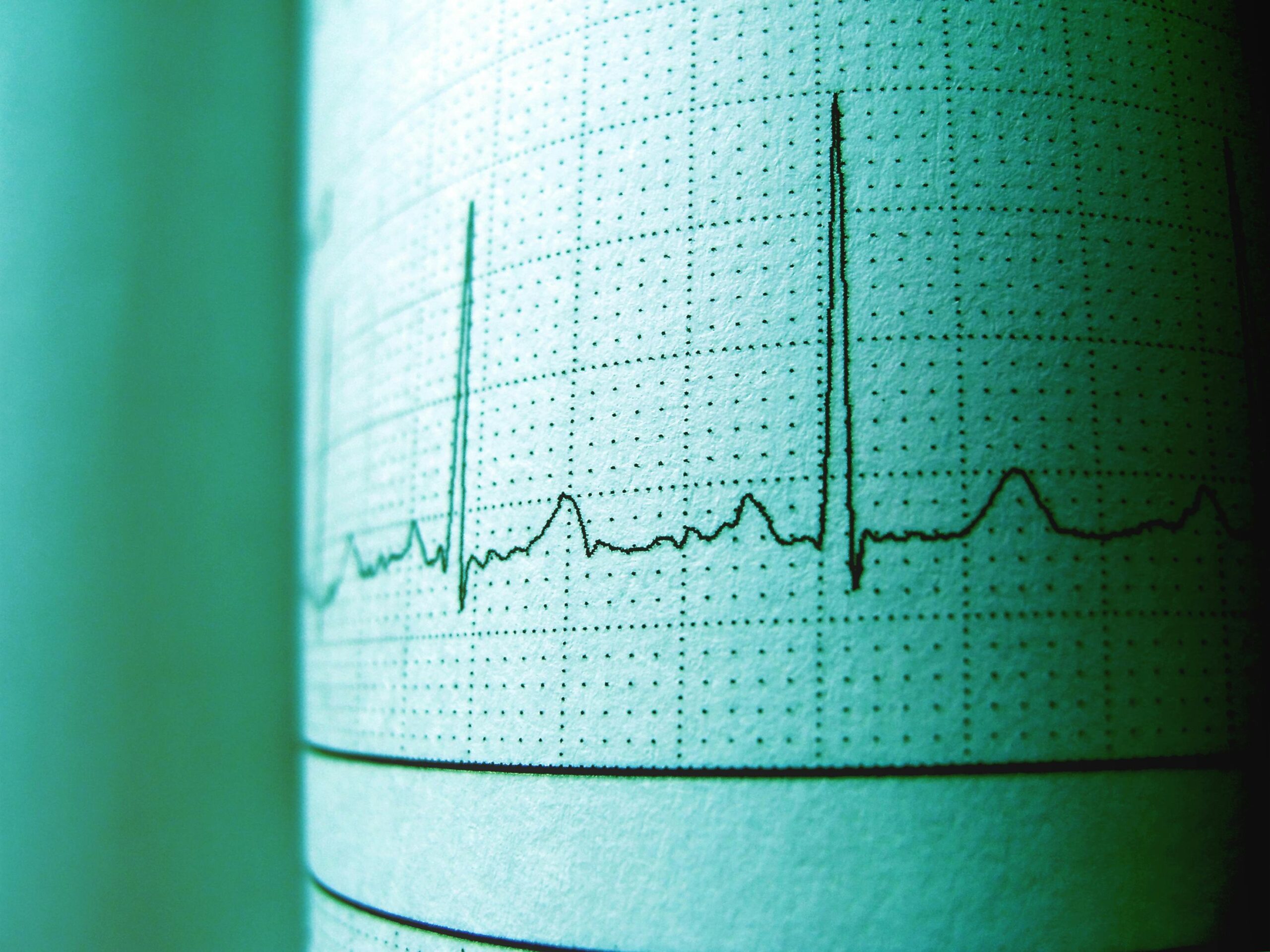A new wave of thinking in cardiology is urging physicians and patients to look beyond the traditional lipid profile when evaluating heart health. As research highlights the role of inflammation, genetic markers and vitamin deficiencies in heart disease, even in those with normal cholesterol levels.
Why testing these new markers are as important as a standard lipid panel to assess cardiac risks:
The lipid profile, which checks for cholesterol and triglyceride levels, is the traditional first step. But we now know that cholesterol is only part of the story. Many patients suffer heart attacks despite having LDL (low-density lipoprotein or bad cholesterol) within the normal range.
That’s because inflammation, not just fat buildup, plays a major role in atherosclerosis — the process of plaque buildup that clogs arteries. Tests like C-reactive protein (CRP) and high-sensitivity CRP (HS-CRP) help us detect this hidden inflammation.
CRP is a general marker of inflammation in the body. It can rise due to infections, autoimmune conditions, or even abscesses (pus pockets). However, when we detect elevated HS-CRP, it often points to chronic, low-grade inflammation in blood vessels, which directly contributes to plaque formation and rupture in the heart. That’s what makes HS-CRP a more targeted tool in assessing cardiac risk.
Many patients believe a low-LDL means low risk. But if your HS-CRP is high, it indicates vascular inflammation, which can make existing plaques unstable. These are the patients who may not feel flagged during routine screening but still end up with serious cardiac events.
That’s a high-risk combination. It means there’s both buildup in the arteries and ongoing inflammation that can destabilize that buildup, increasing chances of heart attacks or strokes. We take this group very seriously and recommend immediate lifestyle, medication interventions.
Lipoproteins (a) or Lp (a) is a genetic form of bad cholesterol. Some people are born with high levels. Even if their other cholesterol numbers are fine, elevated Lp (a) significantly increases their risk of premature atherosclerosis. Unfortunately, it often goes undiagnosed unless specifically tested. Homocysteine (an amino acid in blood that helps build proteins) is another marker. High levels, known as hyper-homocysteinemia, are linked to heart disease, stroke, and even Alzheimer’s. It’s usually caused by a deficiency in B6, B12, or folic acid. Correcting this can help reduce vascular damage over time.
For inflammation, statins like rosuvastatin lower LDL, and also reduce HS-CRP. For high Lp(a), lifestyle changes help to some extent, but we’re awaiting targeted therapies currently under research. Vitamin B supplements can help manage high homocysteine levels.
Myeloperoxidase (MPO) and trimethylamine N-oxide (TMAO) are cutting edge tests that are not routinely done. MPO is a marker of oxidative stress and inflammation in the arteries. TMAO is linked to gut health and diet, with high levels associated with increased heart risk. While not for everyone, they can provide extra insight in high risk or complex cases.
It’s because they are often the first point of contact. If they rely only on the lipid profile, they might miss underlying inflammation or genetic risk. Greater awareness and early referrals can help prevent major cardiac events.
Advise not to feel falsely reassured. Cholesterol is just one piece of the puzzle. Inflammation, genetics, and micronutrient deficiencies can silently raise your risk. If you have a family history of heart disease, or other risk factors, as your doctor about HS-CRP, Lp(a), and homocysteine testing. Prevention starts with awareness.
WHAT AN INFLAMMATION TEST CAN REVEAL:
How to read your CRP test:
Normal range:<10 mg/L milligrams per liter)
<1 — No significant inflammation
1-3 — Mild inflammation.
3-10 — Moderate inflammation (can be due to infections, chronic diseases)
>10 — Significant inflammation (often due to infection, trauma, or chronic inflammatory diseases).
WHAT HS-CRP TELLS YOU:
Used primarily for cardiovascular risk assessment.
<1 — Low risk.
1-3 — Moderate risk.
>3 — High risk.





